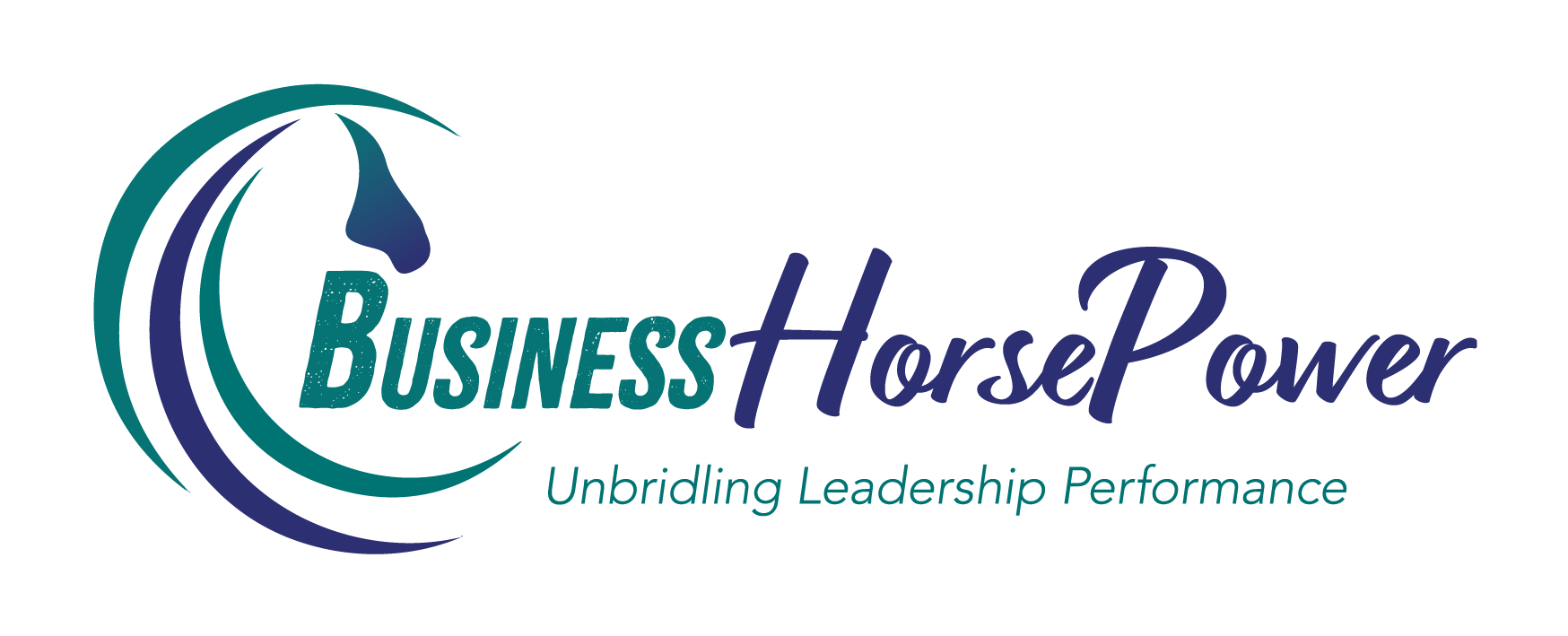We’ve all been there: you walk into a room, and the atmosphere bristles with something unpleasant. You can’t quite put your finger on it, but there’s a tension in the air and the people working don’t seem happy.
Of course, the problem might be in your head. More likely, you are seeing employee disengagement and low spirits playing out across the office space.
Today, we’re investigating how much the physical office space affects employees’ wellbeing and morale and considering ways to improve it.
Different types of wellbeing
There are different types of wellbeing, and understanding each one is pivotal to creating a safe and productive workplace for your employees. The three types are:
- Physical wellbeing, which relates to how employees move through the space and stay energised. It also speaks to their physical posture when sitting or standing at their desk
- Cognitive wellbeing, which is about your staff recharging their energy, or finding physical space where they can concentrate deeply and come up with new ideas, and
- Emotional wellbeing, which is all about creating connections between employees and your company, so your staff feel happy coming to work.
Your workplace can be redesigned to suit all three of these areas, and address these different facets of your employees’ lives. Let’s breakdown the categories a little further, and explore how they relate to wellbeing, satisfaction and engagement.
1. Physical
Moving around throughout the day can shake off feelings of lethargy. Likewise, moving around promotes positive endorphins and boosts concentration.
Create a series of spaces around your workplace that employees can shift to throughout the day. While they should have their own desk somewhere in the office, they should also have the option of moving to common areas, couches and standing workspaces as they wish.
2. Cognitive
Modern work dictates that we should be always on, which means our brains are always seeking notification and reinforcement. Designate some ‘quiet zones’ in your office where people can retreat to if they want to recharge or deeply concentrate. These areas should be distraction free, to allow your staff to focus if they need.
3. Emotional
The emotional metric relates to our need for privacy, when we want it. Ensure your employees have somewhere they feel themselves; and once again, somewhere they feel like they won’t be distracted.
Also take into account that sometimes your staff will want to be social, and give them communal spaces to do this.
What does this mean?
On the surface, these metrics don’t directly relate to the physical landscape of your office – but if you dig a little deeper, you’ll see that the way you lay out the space your employees work in can directly affect the way they perform. Put someone in a space that doesn’t match their personality, work style or preferences and they’ll become unproductive. Allow them the freedom to choose their own work environment – or shift between multiple environments throughout the day – and you’ll have a stronger, more engaged workforce.

Julia Felton (aka The Business Wrangler) is the founder of Business HorsePower. Business leaders, entrepreneurs and executives hire her to accelerate their business performance by harnessing the energy of their people to work more collaboratively together. By aligning purpose with actions the team achieves exponential results as everyone starts pulling in the same direction.
Julia believes that business is a force for good and through designing purpose-driven businesses that leverage the laws of nature, and the herd, you can create businesses founded on the principles of connection, collaboration and community that make a significant impact in the world.






